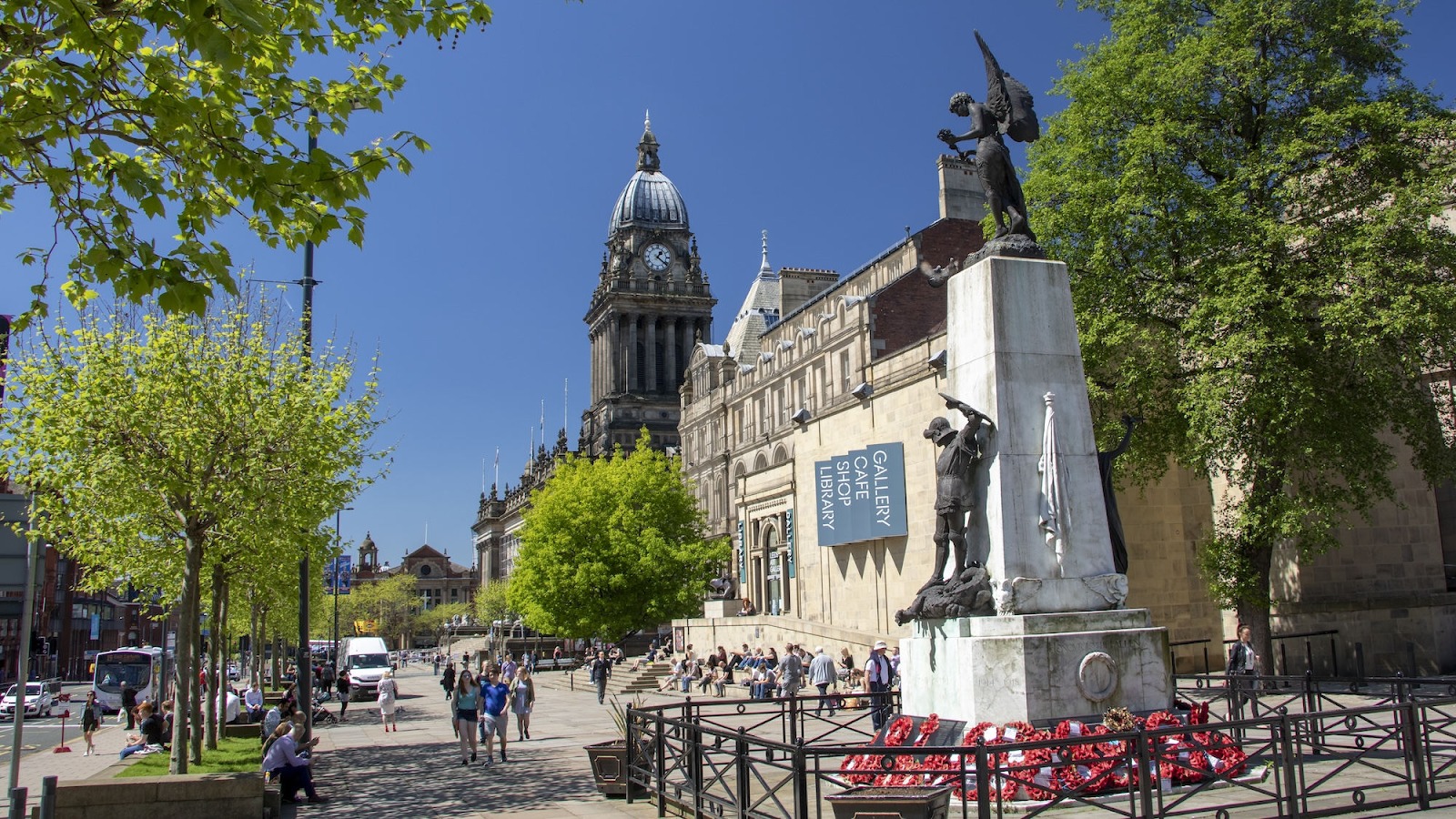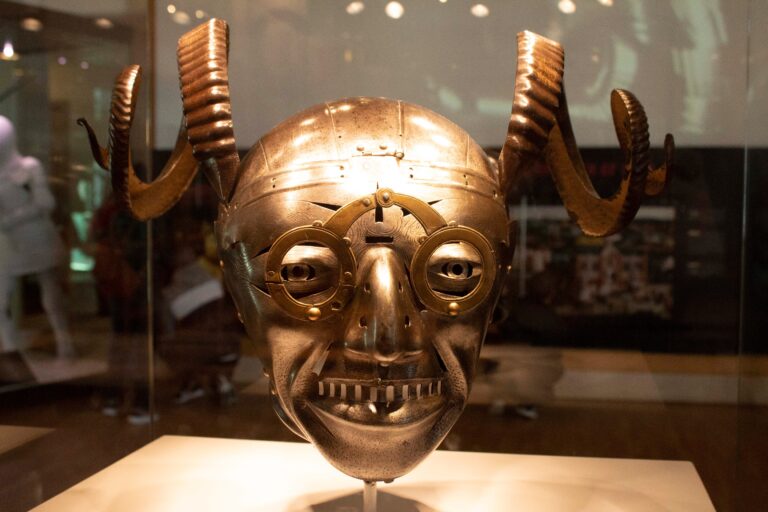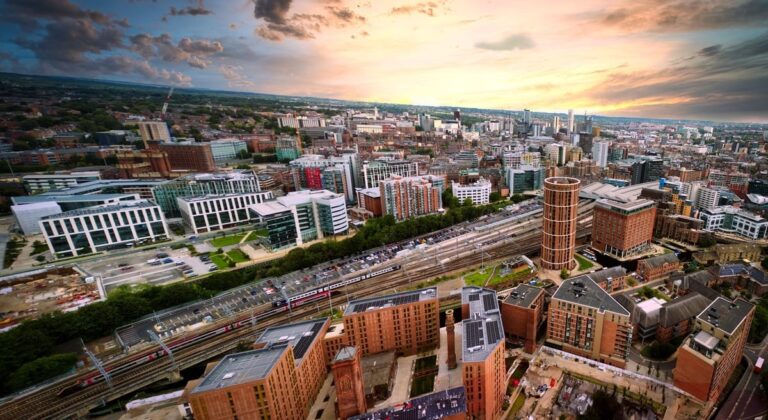4 Amazing Historic Sites In Leeds
Leeds, a vibrant city in West Yorkshire, is known not only for its contemporary culture, shopping districts, and music scene but also for its rich history. From medieval monasteries to grand estates and Victorian architectural marvels, the city’s past is beautifully preserved in several historic sites. Exploring these landmarks provides a unique opportunity to travel back in time and witness the stories that have shaped the city.
In this article, we will delve into 4 amazing historic sites in Leeds, offering detailed insights into their history, architecture, cultural significance, and visitor experiences.
Kirkstall Abbey: A Medieval Treasure
History and Foundation
Kirkstall Abbey, founded in 1152 by Cistercian monks, is one of Leeds’ most iconic historic landmarks. Situated along the banks of the River Aire, the abbey was a center of religious, agricultural, and social life during the Middle Ages. The monks who inhabited the abbey followed a strict routine of prayer, work, and study, embodying the disciplined lifestyle of the Cistercian order.
During its peak, Kirkstall Abbey was largely self-sufficient, producing its own food and managing extensive farmland. Its influence extended to the surrounding region, where it played a crucial role in the local economy and community life. The abbey continued to thrive until the dissolution of monasteries under King Henry VIII in the 16th century, when it was abandoned and left to slowly fall into ruin.
Architectural Features
Despite being partially ruined, Kirkstall Abbey’s architectural brilliance remains evident. Gothic arches, vaulted ceilings, and intricately carved stonework are preserved in the ruins. The abbey is a perfect example of Cistercian architecture, which emphasizes simplicity, light, and harmony with nature. The cloisters, chapter house, and refectory offer visitors a glimpse into medieval monastic life.
Visitor Experience
Today, Kirkstall Abbey is a serene destination that attracts history enthusiasts, photographers, and families alike. Its park-like surroundings and riverside paths make it an ideal spot for leisurely walks or picnics. Guided tours are available, providing deeper insights into the abbey’s historical context, architectural details, and monastic life. Seasonal events, including medieval fairs and outdoor theater, bring the abbey to life, offering a blend of education and entertainment.
Highlights of Kirkstall Abbey:
- Founded in 1152 as a Cistercian monastery
- Gothic stone arches and cloisters
- Scenic riverside walks along the River Aire
- Seasonal cultural events and guided tours
Leeds City Museum: A Gateway to the Past
Origins and Historical Significance
Leeds City Museum, located in the city center, has been a cornerstone of Leeds’ cultural and educational heritage since its establishment in 1819. Housed in a Victorian-era building, the museum reflects the architectural elegance of the 19th century while providing modern facilities for exhibitions and learning. Over two centuries, it has grown into a repository of local and international artifacts, offering visitors a comprehensive understanding of history, science, and culture.
Exhibits and Collections
The museum’s extensive collection includes archaeological finds, natural history specimens, and cultural artifacts from around the world. Visitors can explore ancient Roman relics, medieval artifacts, and historic treasures from Leeds and the surrounding areas. Interactive exhibits allow for an engaging learning experience, making history accessible to all ages. Temporary exhibitions often focus on global cultures, contemporary art, or specific historical events, providing fresh perspectives for repeat visitors.
Educational Programs and Visitor Amenities
Leeds City Museum is not just a collection of artifacts; it is a dynamic educational space. School groups, families, and adult learners can participate in workshops, lectures, and hands-on sessions designed to enhance understanding of history and science. The museum is free to enter, making it accessible to everyone and encouraging repeated visits. Guided tours, audio guides, and informative displays ensure that every visitor gains a rich and meaningful experience.
Highlights of Leeds City Museum:
- Established in 1819 in a Victorian building
- Diverse collections spanning archaeology, natural history, and world cultures
- Free entry and interactive learning experiences
- Suitable for all ages, including families and school groups
Temple Newsam House: Tudor Elegance and Expansive Grounds
Historical Background
Temple Newsam House is a magnificent Tudor-Jacobean mansion that dates back to the 16th century. Over the centuries, it has been home to notable families such as the Ingrams and Wentworths. The estate is an embodiment of aristocratic life, featuring grand architecture, lavish interiors, and landscaped grounds. The famous landscape architect Capability Brown also contributed to the design of the gardens, enhancing the estate’s historical and aesthetic significance.
Architectural and Interior Highlights
Temple Newsam House showcases opulent interiors, period furnishings, and an impressive art collection. Each room tells a story, offering visitors a glimpse into the lives of the aristocracy across generations. The grand halls, ornate staircases, and carefully preserved furnishings make it a living museum of British history. Art lovers will particularly enjoy the collection of portraits, landscapes, and decorative arts that reflect the tastes and influence of the estate’s former residents.
Gardens, Grounds, and Attractions
The estate encompasses vast gardens, woodlands, lakes, and a working farm, providing an immersive historical and natural experience. Visitors can enjoy guided walks through the gardens, explore the farmyard, or attend seasonal events such as fairs, outdoor theater, and craft exhibitions. Temple Newsam House offers a comprehensive experience that combines history, art, and nature, making it a perfect destination for a day out.
Highlights of Temple Newsam House:
- 16th-century Tudor-Jacobean mansion
- Lavish interiors and significant art collections
- Expansive gardens, woodlands, and working farm
- Seasonal events and educational programs
Leeds Corn Exchange: Victorian Architecture and Modern Charm
Historical Significance
The Leeds Corn Exchange is a landmark that reflects the city’s commercial and industrial heritage. Built in 1863, it served as a trading hub for corn merchants and played a crucial role in the economic development of Leeds during the Victorian era. The building’s unique circular design, iron framework, and large dome are outstanding examples of Victorian architecture and engineering.
Architectural Features
The Corn Exchange’s circular design allows for a spacious central trading floor, which was historically filled with merchants and buyers. Its glass dome and wrought iron detailing highlight the technological advancements of the period while creating a visually stunning space. The building’s exterior, characterized by its ornate stonework and architectural symmetry, remains a prominent feature of Leeds’ cityscape.
Contemporary Use and Visitor Experience
Today, the Corn Exchange has been transformed into a hub for independent businesses, including boutique shops, artisanal cafes, and restaurants. The combination of historic charm and modern commerce creates a vibrant atmosphere where visitors can enjoy shopping, dining, and cultural events. Seasonal markets, pop-up exhibitions, and community events further enhance the appeal of the Corn Exchange as a living piece of history.
Highlights of Leeds Corn Exchange:
- Built in 1863 as a corn trading hub
- Circular Victorian design with a striking dome
- Houses independent shops, cafes, and cultural events
- Blend of historical architecture and modern vibrancy
Comparative Table of the 4 Historic Sites
| Historic Site | Founded/Constructed | Type | Highlights | Visitor Experience |
| Kirkstall Abbey | 1152 | Monastic Ruins | Gothic arches, cloisters, riverside walks | Guided tours, medieval fairs, picnics |
| Leeds City Museum | 1819 | Museum | Archaeological and cultural exhibits | Free entry, interactive learning |
| Temple Newsam House | 16th Century | Tudor-Jacobean Mansion | Lavish interiors, art collection, gardens | Guided tours, seasonal events, farm |
| Leeds Corn Exchange | 1863 | Victorian Commercial Hub | Circular design, dome, boutique shops | Shopping, dining, cultural events |
Why These 4 Sites Are Essential
Leeds is a city that celebrates its history while embracing modernity. The 4 amazing historic sites in Leeds offer visitors a journey through centuries of architecture, culture, and daily life. Kirkstall Abbey showcases monastic life, Leeds City Museum provides insight into local and global history, Temple Newsam House reflects aristocratic elegance, and Leeds Corn Exchange highlights the industrial and commercial heritage.
These sites are more than just preserved buildings—they are interactive spaces where history is alive. From educational programs to cultural events, visitors can engage deeply with the city’s past while enjoying contemporary leisure activities.
Tips for Visiting Historic Sites in Leeds
- Plan Ahead: Check opening times and seasonal closures before visiting.
- Guided Tours: Take advantage of tours for a richer historical context.
- Photography: Capture the scenic beauty of Kirkstall Abbey and Temple Newsam.
- Combine Visits: Consider visiting multiple sites in one day for a comprehensive experience.
- Engage with Exhibits: Participate in workshops or interactive displays for deeper learning.
Conclusion
Leeds offers a rich historical tapestry for visitors seeking culture, architecture, and education. The 4 amazing historic sites in Leeds—Kirkstall Abbey, Leeds City Museum, Temple Newsam House, and Leeds Corn Exchange—provide a remarkable insight into the city’s past. Each site is unique, offering a different perspective on medieval life, aristocratic elegance, Victorian commerce, and cultural heritage.
Exploring these historic landmarks allows visitors to experience the city in a deeply meaningful way. Whether you are a history enthusiast, a student, or a casual traveler, these sites offer unforgettable experiences, educational value, and a chance to connect with Leeds’ heritage.






